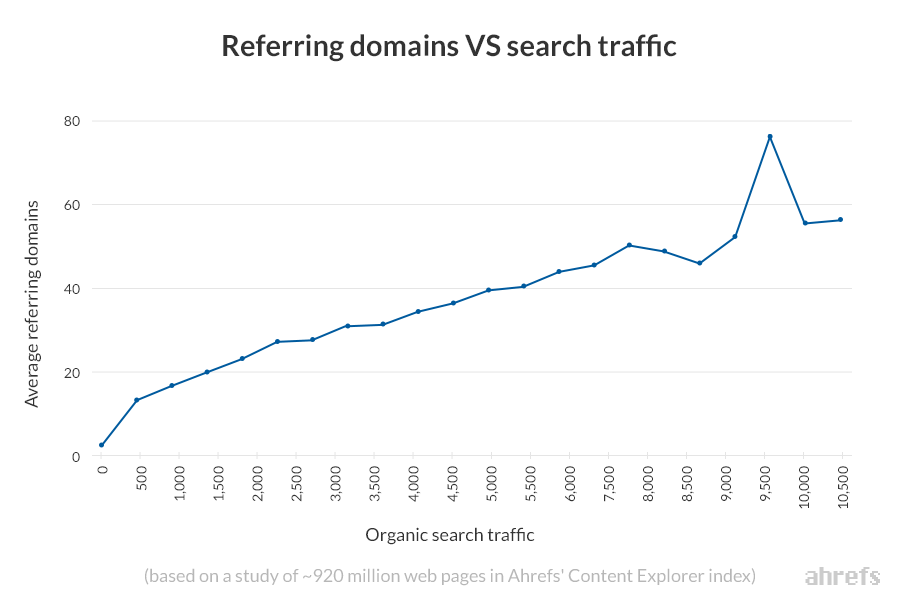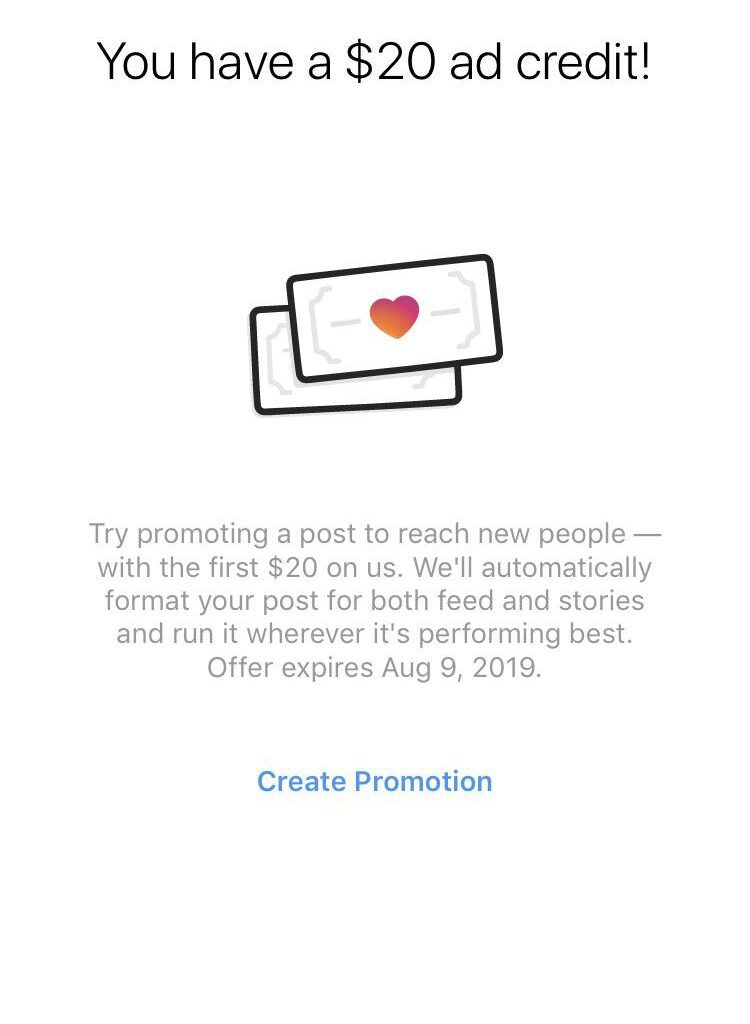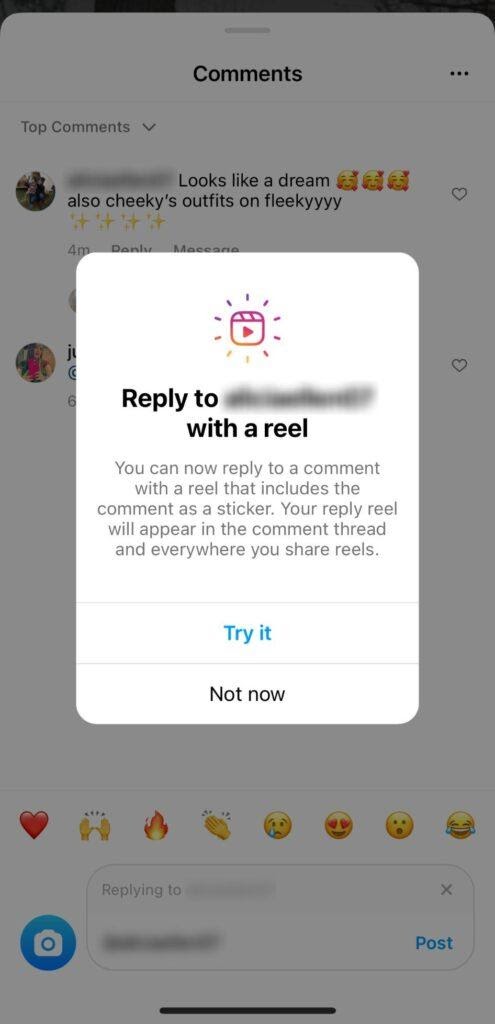Digital marketing, and pay per click in particular, have become the go to methods of advertising for most businesses. Everyone from small businesses to global corporations can take advantage of the access to a huge market online.
With over 4 billion people in the world connected to the internet on a daily basis, and nearly 2 billion of those buying something online each year, a well targeted PPC campaign is the difference between sinking and swimming. Add in the fact that there are 5 billion searches on Google every day, and you’ll understand how big a deal pay per click advertising is.
With this huge volume of traffic, and money, comes an obvious target for fraud. And click fraud has now come to be the most costly form of fraud committed each year surpassing credit card fraud.
What is click fraud?
Click fraud is the act of clicking on a paid link, such as display ad or sponsored search result, with malicious or vindictive intent.
This can be to deplete the advertisers marketing budget, damage the performance or reach of the ad, or even to steal the cost of that click for yourself (a practice known as ad fraud).
We will look more in-depth at the sources and motives for click fraud later in this article. But suffice to say, there is a huge industry that has spawned around defrauding programmatic ads and advertisers.
From paid-to-click apps, to click farms, generating large volumes of fake clicks is easier than ever.
In fact, the issue of click farms is widely reported, with many of them selling their services to inflate likes and followers on social media. But this same technique can also be used for criminal gain, with millions of dollars at stake for enterprising gangs who know how to make click fraud pay using complex technological solutions and malware.
What is ad fraud?
The practice of ad fraud is an organised form of click fraud. Ad fraud is usually used to fraudulently inflate the pay out for websites publishers, mobile app developers, or on social posts or videos.
Often when referring to click fraud, people use the term ad fraud interchangeably. However, where click fraud can simply be accidental or malicious; for example rivals aiming to deplete your marketing budget; ad fraud is usually intended to line the pockets of the fraudster.
But is click fraud really that big a problem?
The actual rates of fraud vary based on:
- Your industry
- Geographic location
- Time of year
2020 research found that the average rate of click fraud across the campaigns we protect here at Proecho Solutions is 14%.
However, within that, there is a huge variation of fraudulent ad clicks depending on the industry. For example, the industries with the highest volume of fraud were found to be:
- Photography – 65%
- Pest Control – 62%
- Locksmith – 53%
- Plumbing – 46%
- Waste Removal – 44%
Other notable industries subject to high levels of click fraud include real estate (31%), financial services (20%) and legal and law services (14%).
The truth is, click fraud affects almost every industry, with 90% of all campaigns on Google Ads being impacted in some capacity.
As programmatic advertising has become more complex, allowing us different ways to target demographics and a multitude of ways to pay for our advertising, so has click fraud become more sophisticated.
The practice of click fraud
As we’ve seen, there are multiple reasons to commit click fraud or ad fraud. It can occur on any paid link, whether display, paid search, social media, in-app promotion or other forms of paid digital marketing.
There most common reasons to get fake clicks on your PPC ad campaign are:
- Vindictive competitors or customers who want to negatively impact your ad spend
- Organised fraudulent developers who have created a way to get paid for clicking your ads, usually using fake publisher inventory
- Malware apps or software created to collect the payout from ads (often with some help from bots)
- Paid to click apps which pay users to click or watch ads in exchange for a small reward.
When you consider that the price for some keywords in Google Ads (previously known as AdWords) can be upwards of $50, or over $100 per click, you’ll soon see why multiple fraudulent ad clicks can really start to cause a problem. In fact, even with clicks at a dollar or so each, the volume of click fraud can quickly cause problems to the average marketer.
In 2017 it was estimated that around 1 in every 5 clicks on a PPC ad campaign were fraudulent in some capacity. Since then, the techniques have become more advanced and the sheer volume of fraudulent activity online has increased.
A study by the University of Baltimore found that click fraud cost marketers over $35 billion in 2020. And this is forecast to grow even more in 2021 and beyond.
What are the main sources of fake clicks or click fraud?
If clicking on someones ad repetitively sounds like a lot of hard work, you’d be right. A competitor clicking on your ad five or ten times a day might be a drop in the ocean for your advertising spend, but there are more damaging ad clicking methods.
High volume clicks:
Bots and web crawlers
Designed to crawl the web looking for information, usually for spam or data collection purposes. There can be ‘friendly’ bots, which are just looking to scrape contact info for example. Or deliberately vindictive bots which have the sole purpose of clicking on your ads hundreds or thousands of times to deplete your ad budget.
Click Farms
Either automated set ups, or human powered factories designed to click multiple times on specified links. Yes they do exist, usually in developing countries where people can be paid as little as $5 for 100 clicks.
Click farms are used by all sorts of businesses, often to inflate their following or engagement, and they can be hired to do multiple actions, from liking social media accounts, watching videos, sharing links or information, leaving comments and, of course, clicking on PPC adverts multiple times.
Although the bulk of click farms can be based in developing countries, there have been increasing instances of click farms based in Europe and the USA. By hooking up phones and tablets to a computer, you can automate the activity of hundreds of people.
Fraud rings and bot networks
Criminal gangs establish a mixture of publisher websites and automated bots to defraud advertisers. One of the best known is Methbot, a highly sophisticated scam bot network, with a complex set up which is designed to fraudulently collect the payout on video views using a network of computers. Thought to have originated in Russia, Methbot is estimated to make around $5-6 million each day in fraudulent clicks.
Ad fraud
Publishers create a website designed to host banner and text ads, then channel fake clicks through the website to collect a payout. Ad fraud often involves placing ads on websites with little chance of genuine traffic being able to find it, but with the opportunity for the site owner to maximize their income.
Medium to low volume clicks:
Competitors
Your direct competitor can try and siphon off your PPC budget so that their ad ranks higher for relevant searches. They might just click your ad every time they see it, or they might instruct everyone in the office to click your ad – which could be potentially quite damaging.
Although competitors can try to manually inflate your PPC spend, you might find that this is a temporary measure or occasional practice.
There are some simple steps to minimise your exposure to competitors clicking on your ads, which we will look at later on.
Human error
People searching for something may accidentally click on your site in the SERPs, but then click out again. They may not even realise its a paid ad. Technically this wouldn’t be classed as click fraud, but an invalid click. There is no strategic sabotage going on here, it’s simply a mistake, although repeated mistakes can cost advertisers a fair amount of money.
Vindictive parties
Your ex employee, unhappy customer or even your sociopathic ex might have a reason to click multiple times on your ad just to pee you off. You’d best go and apologise.
Is it really that big a problem?
Now, you’re probably wondering why the hell would anyone really want to go to all that trouble. Is this really something that people do?
If you haven’t already then we suggest you run a quick search for ‘buy clicks’.
What you’ll find is a whole industry built around fake website traffic, often designed to boost views on websites or inflate the popularity of social media accounts.
Sites like Fiverr offer plenty of options for users to buy ‘likes’ or website traffic. And most of these services can, of course, be used maliciously.
Many marketers can also run bots to find new clients or to build an email list which they can sell. These simple bots may not be fraudulent, but with enough of them you could be looking at losing quite a lot of money through non purchasing site visitors.
Bots can be used in a variety of ways and are relatively simple pieces of programming, meaning that pretty much anyone with a decent level of coding knowledge can make their own bot. You can also buy bots from a variety of sources, for everything from research to more nefarious purposes.
It’s been proven that the bulk of internet traffic is actually bots, with some sources estimating 40% and others putting the figure at upwards of 50%. So when you’re aiming to run your next PPC campaign this is definitely an issue that you’re going to have to bear in mind.
Those running a PPC campaign might find that the amount of click fraud, sits around 20% of their total traffic. Bear in mind that Google doesn’t refer to the practice as ‘click fraud’ but prefers the term ‘invalid clicks’. This covers all bases from genuine mistaken clicks to the actual vindictive bot or click farm traffic.
Who is affected by Click Fraud?
You might think that click fraud is the kind of thing that only really affects the big boys; the Amazon’s, Citibank’s and Tesla’s of this world.
Of course, they are in the firing line as they target high value keywords. But in reality every online business is at risk from click fraud to some degree or another.
Automated click fraud doesn’t discriminate, with bots often just scouring the web for specific search terms. Even accidental clicks can really add up if your banner or sponsored result is in a competitive industry.
An industry with a huge amount of traffic and expensive keywords means more room for fraudsters to hide. It also means less risk of getting caught and a higher payout.
Here at Proecho Solutions we see that the most affected micro industries are: locksmiths, lawyers, water damage repair and… dentists. It seems that local service providers are prone to a higher rate of click fraud due to the competition, high CPC and the knowledge of the market.
No matter how little or how much money gets spent on campaigns, one thing is for sure. Every company that’s using PPC networks like Google AdWords or Bing Ads, is either vulnerable to click fraud or has been a victim of click fraud.
Dealing with Invalid Clicks in PPC Campaigns
As click fraud is a huge problem, and one that is growing by the day, there are several steps you can take to minimise and mitigate your exposure to it. The good news is that the major search engines like Google, Bing and even Facebook, do have some strategies in place to combat ad fraud and click fraud.
However many feel that their efforts fall short and that there is a whole world of invalid traffic, or click fraud, that isn’t picked up.
For example, Google does block things like high bounce rate visits (often the sign of an accidental click or obvious web scraper) or some multiple visits from the same IP address. But more often than not, you’ll need to flag up suspicious activity yourself and request a refund.
In the cases where Google takes a deeper look at the issue, you’ll normally find it can take anything up to a month for the issue to be inspected and for your refund to come through. When you’re looking at batches of ten clicks on $10 keywords, this can run into the hundreds or even thousands.
Spotting these multiple clicks from specific sources isn’t the hard part, in fact we’ll be looking at how to spot fraudulent clicks later on in this guide. It is the increasingly sophisticated click fraud approaches that cause the biggest headaches. With software able to imitate human behaviour, switch IP addresses using VPNs and proxies, or even those click farms pulling the wool over the search engines virtual eyes, additional measures are often needed to minimise exposure to click fraud.
Using dedicated click fraud prevention software is the most effective way to make sure that you’re tackling those invalid clicks.
Is click fraud illegal?
Although there are laws across the world that protect against click fraud, it’s not so simple to answer the question ‘is click fraud illegal’.
In the USA and several European countries, practices such as wire fraud, racketeering, deceptive business practices and data manipulation are illegal. So when it comes to legal challenges against click fraud, it will most often come to proving practices such as these.
The act of defrauding advertisers is also one that is illegal in most countries, but the problem is policing it. Although digital crime is an area that is becoming increasingly complex, and profitable, there are few resources globally to combat it.
Clicking multiple times on a search result; creating a website designed to host banner ads and then channelling traffic though it; hiring a click farm to download an app 100 times a day. This is all obviously highly damaging and fraudulent practice, but hard to prove and a grey area when it comes to legality.
There are some cyber crime authorities who you can report activity to if you believe there is a serious and organised threat occuring. These include EuroPol, the UK’s National Crime Agency, the FBI and InterPol.
However, most of these agencies are set up to tackle more obvious cyber crime threats such as identity theft, people smuggling, drug dealing, terrorism, pornography and other more tangible problems.
How can you identify click fraud?
We’ve established that click fraud is a pretty big issue, with lots of variations and the potential to really sting your cash flow. So how do you identify when you’ve been a victim of click fraud?
There are several manual checks you can do yourself to see if there has been any fraudulent activity on your ad campaigns. These don’t always give a 100% accurate reflection of what has been happening, but can serve as a useful outline and possibly flag up some of the more obvious violations.
Checking IP addresses
Google doesn’t give you the tools to check IP addresses that have visited your site, but you can use tracking tools, including WordPress plugins for IP address logging. You can also check your website visitor logs to see how many times the same IP address pops up over a specified time. If you notice that the same obscure location or IP address has been visiting your site regularly then this might be a red flag for you to try and block this IP address or location.
Google does offer some protection against multiple visits from a single IP address or device. Although it isn’t perfect and the parameters might not necessarily be what you would set yourself, it is a form of damage limitation.
Checking publishers
If you’ve been subject to one of the most popular forms of ad fraud, which is channeling your ad onto a dodgy website, then checking your publisher list will help you keep an eye on it. Look in the ‘placements’ section of your Google Ads and check the high traffic sites for any suspect activity. If you think any of them might be fraudulent you can block them from your publishers list.
A few giveaways that a site is fraudulent include pages which appear to be covered in ads, no content (or very little content of any substance) and recently registered domains.
Monitor campaign activity
Suspicious timings or spikes in engagement might be a sign that someone is targeting your ads. Especially if you seem to be getting lots of clicks and little in the way of engagement.
You might also spot a high click rate from a country that might have little to do with your market. For example if you’re a US based company and you appear to be getting lots of clicks from the Philippines but no conversions/sales, that could be a marker that you’ve been the target of a click fraud campaign.
Identifying other forms of click fraud
Aside from locations, devices, IP addresses and dodgy publishers, it can be hard to spot other forms of fraudulent traffic. Forms of fraud that mimic human behaviour or hide behind proxy servers are going to be hard for you to spot yourself. And as the processes and techniques are becoming more sophisticated, keeping track of developments and fraud can be a Herculean task. This is where using click fraud protection software comes into play and can really make a big difference.
How does fraud protection software work?
One of the main benefits of using fraud protection software is that it is constantly learning about the new threats and adapting its algorithms. When a suspect IP address, device or VPN is identified it’s then added to the list of blocked sources. So if you’re running a PPC campaign and you’re protected by software such as ClickCease you’ll be able to benefit from the ongoing process of identifying suspect sources.
How to manually block click fraud
Of course you’ll want to do everything you can to limit the amount of fraudulent clicks coming through on your ad campaign. It can be tricky and a little labour intensive to get everything battened down, but it is definitely worth doing these manual fixes.
Even if you’re not that tech savvy you’ll be able to find guides to making your PPC campaigns as watertight as you can. And where possible we have linked to the resources to help you use some of the best techniques to minimise your click fraud exposure.
Set up IP and ISP exclusions
If you’ve identified a pesky IP address that seems to be doing something strange and you’re pretty sure they’re messing up your PPC campaign you can set up some exclusions. As an IP address normally refers to a specific device or location, this can cut out fraudulent PPC activity from specific users.
Remarketing campaigns
If you’re not looking to boost your reach at the moment then remarketing could be a useful campaign strategy. It looks at visitors who have visited your site before and pops up on partner websites, ensuring your brand stays in their mind and possibly even encouraging repeat custom.
Of course one of the main benefits of remarketing campaigns is that you’ll only be showing up for people who have shown an interest in your business before. It should also limit your exposure to bots or click farms, especially if you’re not in their target area.
You can find out more about running remarketing campaigns on Google’s support pages.
Adjust your targeting
By tweaking your targeting for your ad campaign you can hugely reduce the exposure of your PPC campaign to fraudulent activity. Excluding certain geographic locations, languages, demographics and devices can make a big difference to the success of your advertising. If you see suspect activity coming from one particular demographic, exclude it and see what happens.


 Connect Data Sources and select Web.
Connect Data Sources and select Web.
























